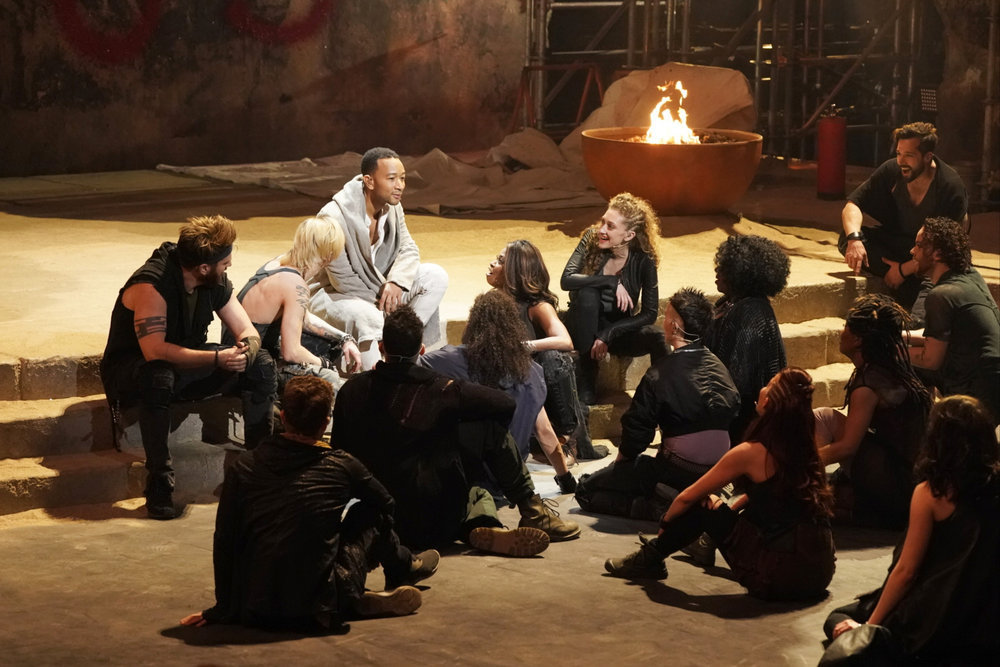Food for Thought bookstore in Amherst is hosting a four-part epic movie series chronicling the saga of the violent 1973 United States-sponsored coup d’état in Chile every Wednesday this month at 7 p.m.
The “golpe de estado,” as it is known in Latin America, has been funded and supported by the CIA and involves the overthrow of the popular democratically-elected socialist President Salvador Allende.
On September 11, 1973, the combined Chilean armed forces rebelled against the government, which was chosen by the people in an open and peaceful election, and replaced by a brutal military junta headed by one of the most infamous dictators in history, General Augusto Pinochet. Through policies of torture, kidnapping, and murder, he brutally crushed any opposition within the country and employed strict censorship on free speech and forms of media.
Pinochet ruled Chile from 1973 until1990, and died in 2006 while waiting to stand trial for over 300 charges, including human rights violations, tax evasion and embezzlement.
Part I of the documentary, shown on Wednesday, was titled “The Insurrection of the Bourgeoisie” and covered the various tactics employed by the rightist opposition following the surprise election of leftist officials in the congressional elections in March, 1973. Early numbers reported by the media predicted a sweeping victory by the right-leaning candidates; the chief opponents of President Allende. By the time the ballots closed it had shown that the left had gained seats within congress, trumping the two-thirds majority held by the right prior to the election.
Chilean government is structured similarly to the U.S. government, with an executive, legislative and judicial branch. Congress also needs a two-thirds majority to pass legislature measures, much like our system but not necessarily to remove cabinet members or deputies from their posts. With the loss of the right’s majority, Chile prepared to enter a legislative era of stalemate.
Not many foresaw the events that were about to unfold at the time, and the lengths at which the right was willing to go to undermine their socialist president and derail his domestic agenda.
Allende, who was president of Chile from 1970 until 1973, was the first democratically-elected Marxist of a state in the Americas. His ambitious domestic agenda included nationalization of some of Chile’s most profitable industries, such as copper mining and banking, and government administration of key public welfare programs such as health care and education.
One of the main goals of his administration was to provide employment for citizens and improve the socio-economic status of some of Chile’s poorest citizens. This conflicted with the interests of the United States, who had lost revenue from the private sector upon nationalization of copper mines.
At the time of his election, America was in the midst of the Cold War and also sought to prevent the spread of communism at any cost. The U.S. instituted an embargo on trade with Chile, much like the one still imposed on Cuba to this day. President Nixon also authorized a $10 million budget to attempt to unseat Allende through “parliamentary trickery,” but this proved to be unsuccessful after the March election. The secondary plan included funding a military coup, which ultimately resulted in the death of Allende during a shelling and bombing of the presidential palace.
“The Insurrection of the Bourgeoisie” opens with the infamous scene of the assault on the national residence, followed by footage from the streets of the election fervor nine months earlier. On the ballot were congressional seats and a referendum on whether to impeach the president two years after the installation of the embargo.
Although basic supplies such as toilet paper and cooking oil were scarce and rationing had begun, popular support for his socialist policies remained strong. The people voted to keep Allende in office.
According to one of the voters interviewed in the documentary film, “dreams were shattered” after America ceased trade relations. The goal of the right, funded largely by the U.S., was to starve Chile and exhaust food reserves. They even sabotaged crop production and organized strikes aimed at crippling the business sector.
The domestic economy came to a crawl when employers and wealthy business owners incited strikes within the copper and transportation industries.
These measures ultimately failed. Through all their efforts, support for Allende and his socialist policies remained strong, and he was kept in power. The Chilean armed forces, who received training and aid from the U.S., threatened to break away and announce sovereignty if Allende “violated the constitution,” which can at times be a wholly subjective matter.
Part I of featured film series ends with a preliminary rebellion by a right wing breakaway group of the armed forces that is ultimately quelled. “The Insurrection of the Bourgeoisie” ends on a somber note – the cameraman who recorded all of the footage from the first installment is shot dead in the streets by military personnel. It is a bone-chilling ending that will sear into the viewer’s mind for a long time to come.
Part II of the “Battle of Chile” will be shown tomorrow at 7 p.m. at Food for Thought Books and will document the actual coup and seizure of government by the military junta.
Brendan Murphy can be reached at [email protected].


















